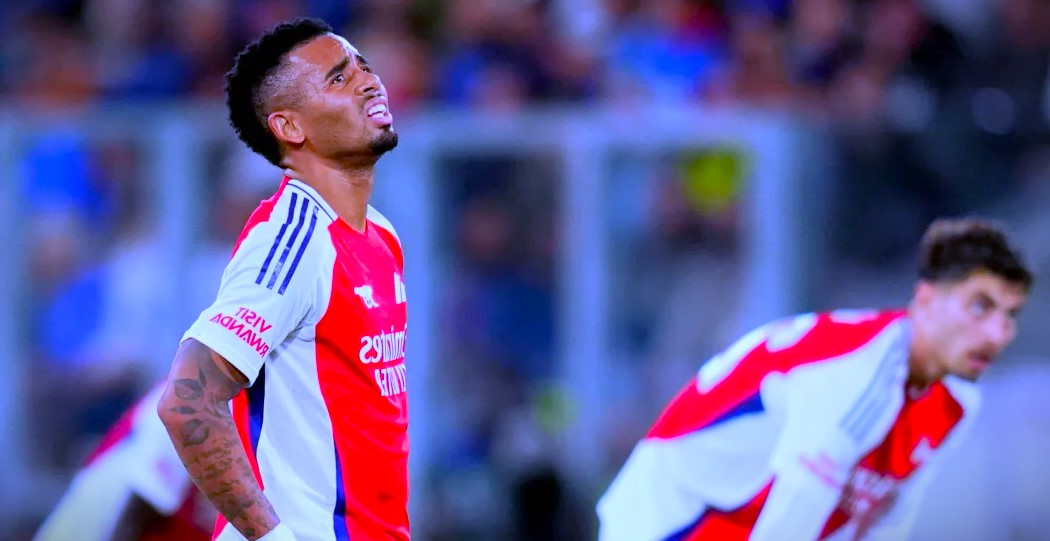Dribbling is one of the most fundamental and exciting aspects of football (or soccer). It’s the skill that allows players to glide past opponents, maintain possession, and create scoring opportunities. Mastering dribbling not only elevates your game but also boosts your confidence on the pitch. Whether you're a beginner or an experienced player, there's always room for improvement. Here's a comprehensive guide to help you hone your football dribbling skills.
1. Understand the Basics of Dribbling
Before diving into advanced techniques, it’s crucial to grasp the foundational elements of dribbling:
Close Ball Control: Keep the ball close to your feet to maintain control and prevent opponents from intercepting.
Use Both Feet: Train yourself to dribble with both feet. This makes you less predictable and more versatile.
Head Up: Avoid looking at the ball constantly. Instead, keep your head up to assess your surroundings and make better decisions.
Change of Pace: Use sudden bursts of speed to surprise defenders and gain an advantage.
2. Practice Core Dribbling Drills
Improving dribbling requires consistent practice. Incorporate these core drills into your training routine:
Cone Dribbling: Set up cones in a straight line or zigzag pattern and weave through them while maintaining control of the ball. Focus on using both feet and different parts of your foot.
Figure Eight Drill: Arrange two cones a few meters apart. Dribble around them in a figure-eight pattern. This helps improve tight turns and ball control.
Dribble and Stop: Dribble the ball a few meters, then stop it abruptly using the sole of your foot. Repeat and focus on precision and quick restarts.
1v1 Practice: Find a partner and take turns attacking and defending. This helps simulate game scenarios and improves your ability to outmaneuver opponents.
3. Master Key Dribbling Techniques
To become a proficient dribbler, learn and practice these essential techniques:
Inside and Outside Touches: Alternate between using the inside and outside of your foot to move the ball. This keeps defenders guessing.
Stepovers: Perform a circular motion over the ball with one foot to fake a move, then change direction with the other foot.
Body Feints: Use your body to fake a move in one direction, then quickly change to the other direction.
Sole Drag: Drag the ball backward using the sole of your foot to create space or change direction.
The Cruyff Turn: Pretend to pass or shoot, then pull the ball behind you with the inside of your foot to turn away from your opponent.
4. Develop Speed and Agility
Dribbling isn’t just about ball control; it’s also about quick movements and reactions. Incorporate these exercises into your fitness routine:
Ladder Drills: Use an agility ladder to improve footwork and coordination.
Sprint Intervals: Practice short sprints with and without the ball to enhance your acceleration.
Plyometric Exercises: Jumping drills, such as box jumps, improve your explosiveness and balance.
5. Improve Ball Awareness and Vision
Peripheral Vision: Train yourself to be aware of teammates, opponents, and space while dribbling.
Scanning the Field: Practice looking up and around while keeping the ball under control.
Game Situations: Play small-sided games to develop decision-making skills and situational awareness.
6. Watch and Learn from the Best
Study professional players known for their dribbling prowess, such as Lionel Messi, Neymar, or Eden Hazard. Observe their techniques, body movements, and decision-making during matches. Try to emulate their skills during your practice sessions.
7. Strengthen Your Weak Foot
Many players favor one foot, but improving your weaker foot can make a significant difference. Practice dribbling, passing, and shooting with your non-dominant foot until it feels natural.
8. Stay Relaxed and Confident
Dribbling under pressure can be intimidating. Practice staying calm and composed during intense situations. Confidence in your abilities often makes the difference between losing possession and creating a scoring opportunity.
9. Play Regularly
There’s no substitute for actual game experience. Join a local team, participate in pick-up games, or play with friends. The more you play, the more natural dribbling becomes.
10. Track Your Progress
Keep a record of your training sessions and set specific goals. For example, aim to complete a cone-dribbling drill within a certain time frame or successfully perform a new trick in a game.
Common Mistakes to Avoid
Overdribbling: Dribbling too much can lead to lost opportunities and turnovers. Learn when to pass or shoot.
Ignoring Fitness: Good dribbling requires stamina and strength. Neglecting fitness can limit your effectiveness.
Lack of Practice: Dribbling is a skill that demands consistent effort. Skipping practice sessions can hinder progress.
Final Thoughts
Improving your football dribbling skills takes time, dedication, and patience. By mastering the basics, practicing regularly, and challenging yourself with advanced techniques, you’ll become a more confident and effective player. Remember, the key to success is consistency—so grab your ball, hit the pitch, and start dribbling your way to greatness!



